After incorporating 65,600 metres of exploration drilling in the first half of the year, Alamos Gold (TSX: AGI; NYSE: AGI) has increased the reserves and resources at its Island Gold mine in northern Ontario.
Proven and probable reserves now total 2.8 million tonnes grading 10.69 grams gold per tonne, or 959,000 contained oz. gold. The reserve grade has climbed 5% since the end of 2017.
Measured and indicated resources have risen to 841,000 tonnes at 8.18 grams gold for 221,000 oz. gold and a 40% rise in grade.
Another 3.7 million tonnes at 9.99 grams gold, or 1.18 million oz. gold, lie in the inferred category, or a 30% rise since year-end 2017.
Alamos is planning another 84,000 metres of surface and underground exploration and delineation drilling in the second half of 2018.
“After adjusting for the updated reserve and resource at Island, our net asset value per share increases to $9.27, from $9.07,” Ryan Hanley, an analyst at Laurentian Bank Securities, said in a research note to clients. “More importantly, this reinforces our thesis that the Island Gold mine offers excellent exploration potential.”
The Island Gold mine, 83 km northeast of Wawa, is one of Canada’s highest-grade and lowest-cost gold mines.
The underground operation could produce between 100,000 and 110,000 oz. gold this year at all-in sustaining costs (AISCs) of US$825 per oz. gold.
The mine began producing in October 2007 and Alamos acquired it in November 2017, when it bought Richmont Mines.
The orebody is accessed via a ramp nd the company uses longitudinal-retreat, long-hole stoping. Ore is hauled by truck to the Kremzar mill, 800 metres from the portal.
The mill uses a conventional carbon-in-pulp process, with circuits for crushing, gold cyanidation and two electrowinning cells.
Island Gold is undergoing a first phase of expansion of underground mining and milling to 1,100 tonnes per day, as outlined in a May 2017 expansion case preliminary economic assessment (PEA). The expansion could be ready in the second half of this year for incremental capital expenses of $23 million.
The expansion could drive free cash flow growth, reflecting an increase in average annual production rates to 125,000 oz. gold and lower mine-site AISCs to US$550 per oz., starting in 2019.
The PEA aimed to find the most cost-effective approach to mining mineral resources within the main area over four mining horizons, and down to a maximum depth of 1,000 metres, using existing mine infrastructure.
In addition, Alamos says there is “significant exploration potential with the deposit open laterally and at depth,” and has set aside $18 million for exploration this year.
The focus of the drill program will be to expand the down-plunge and lateral extensions of the deposit and add near-mine resources. The drilling targets three areas along the 2 km long main zone.
As for Island Gold’s geology and mineralization, the property lies within the Michipicoten greenstone belt, which is part of the Wawa sub-province and Superior province of Archean age.
The Michipicoten greenstone belt is 140 km long by 45 km wide, and the Island Gold property occurs in the upper Wawa Assemblage, capped by pyrite-bearing iron formation outcropping in the Morrison and Pine zones.
A 30 km long and 4.5 km wide northeast-trending, structurally deformed zone called the Goudreau Lake Deformation Zone (GLDZ) comes between the two assemblages.
Including its subsidiary splays, the GLDZ could be the main control on gold mineralization for the area. East- to northeast-striking, steeply dipping, sub-parallel gold mineralization zones appear within the quartz sericite-pyrite-carbonate alteration of the GLDZ. North-trending diabase dikes cross-cut all stratigraphy.
At press time, Alamos was trading at $5.66 per share within a 52-week trading range of $5.41 to $10.44.
Hanley of Laurentian Bank has a $9 target price on the stock and a “buy” rating.

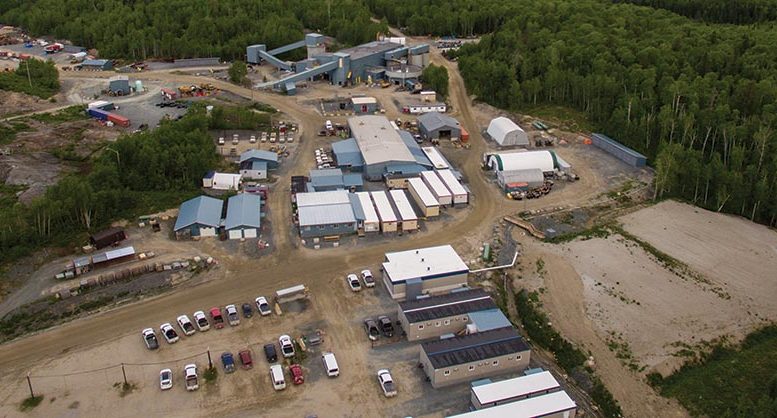
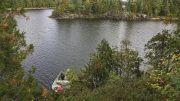
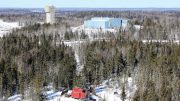
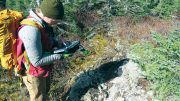
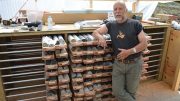
Be the first to comment on "Alamos boosts Island Gold’s reserves, grades"